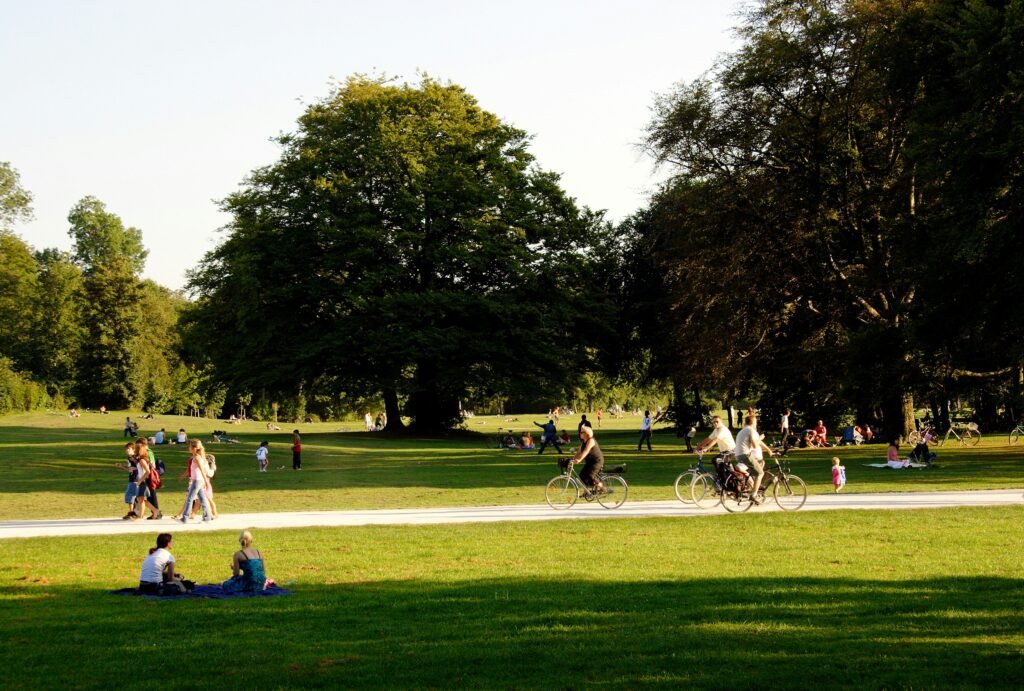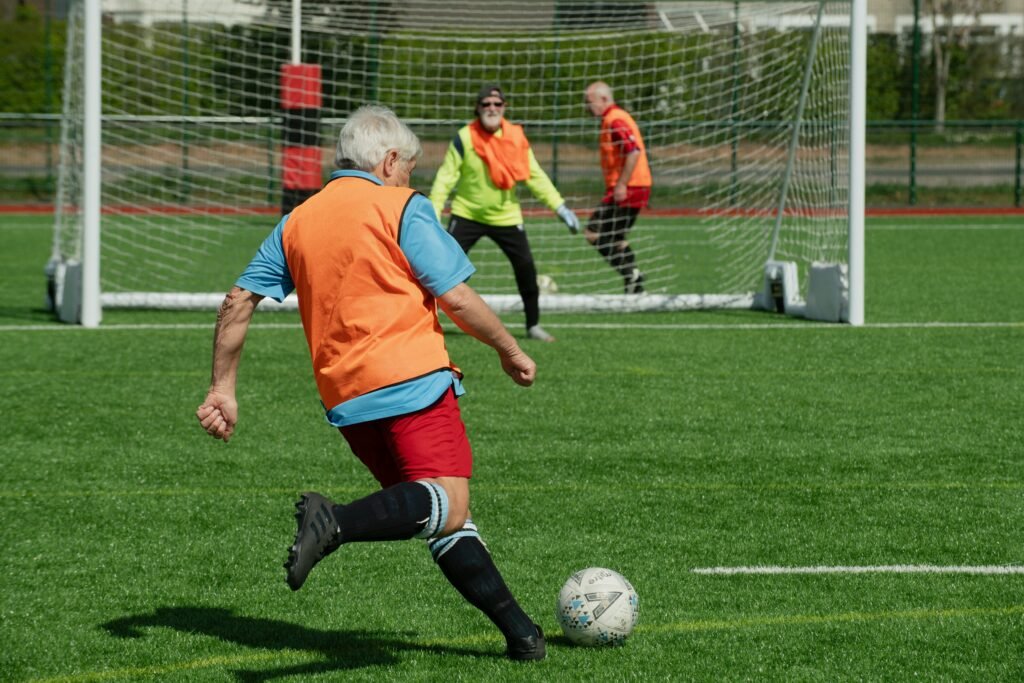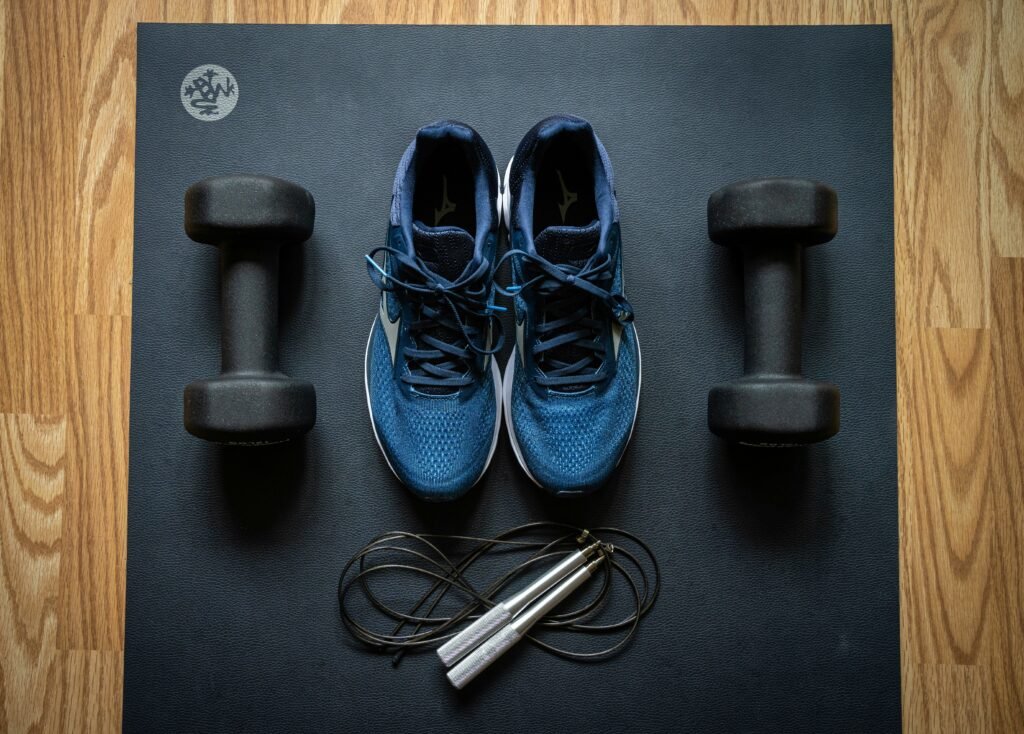
Why ‘Rest Days’ Are the Smartest Part of Your Training
Hard work builds strength—but recovery is where the real progress happens. Rest days aren’t a sign of weakness—they’re an essential training tool.
The Science of Recovery
Muscles repair and grow during rest, not workouts.
Prevents overtraining syndrome (fatigue, injury, burnout).
Improves nervous system function and mental sharpness.
Active vs. Passive Rest
Passive: Full day off—no structured training.
Active: Low-intensity activity like walking, yoga, light cycling.
How to Know You Need More Rest
Constant soreness.
Drop in performance.
Trouble sleeping or increased irritability.
Making Rest Work for You
Schedule at least 1–2 rest days weekly.
Prioritize sleep, hydration, and nutrition.
Use mobility work to stay loose.
Recovery isn’t quitting—it’s strategic preparation for your next victory.
“Rest is not the opposite of work—it’s the fuel for your next push.”
Discover more from wellnesswaynews.com
Subscribe to get the latest posts sent to your email.


